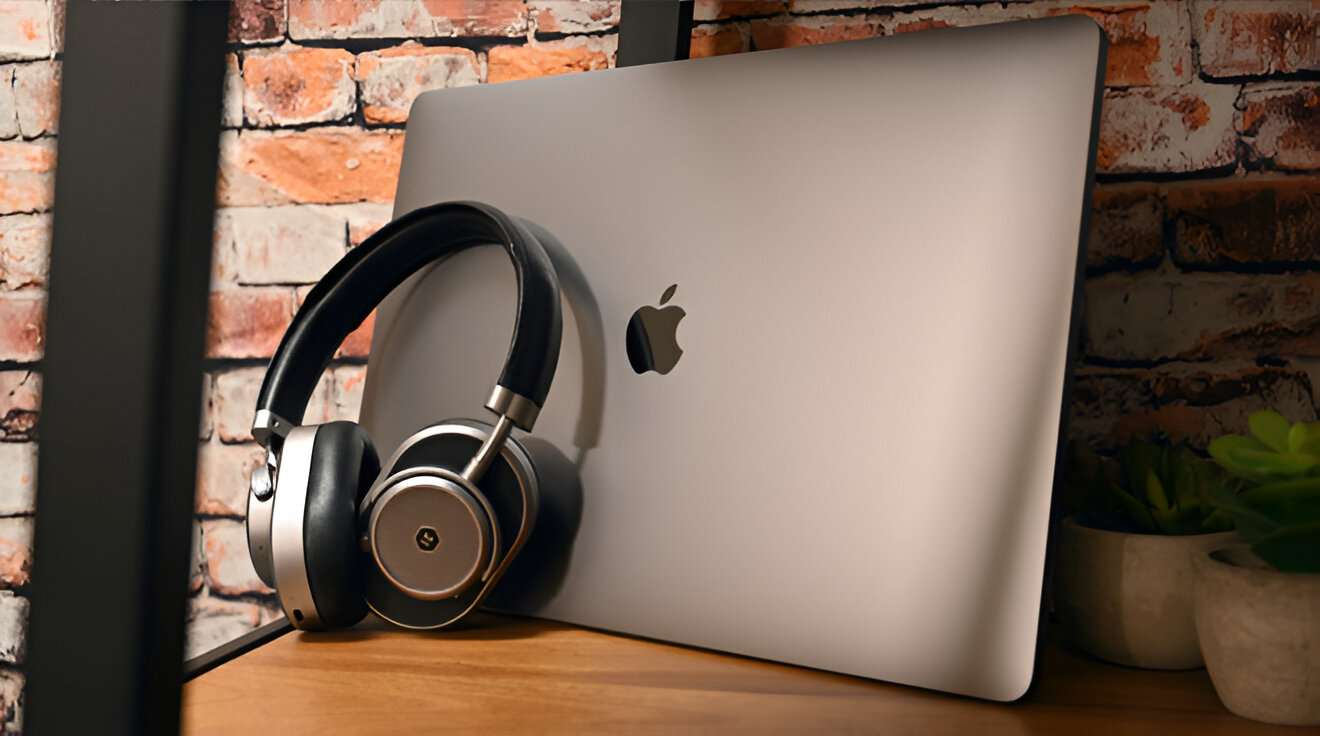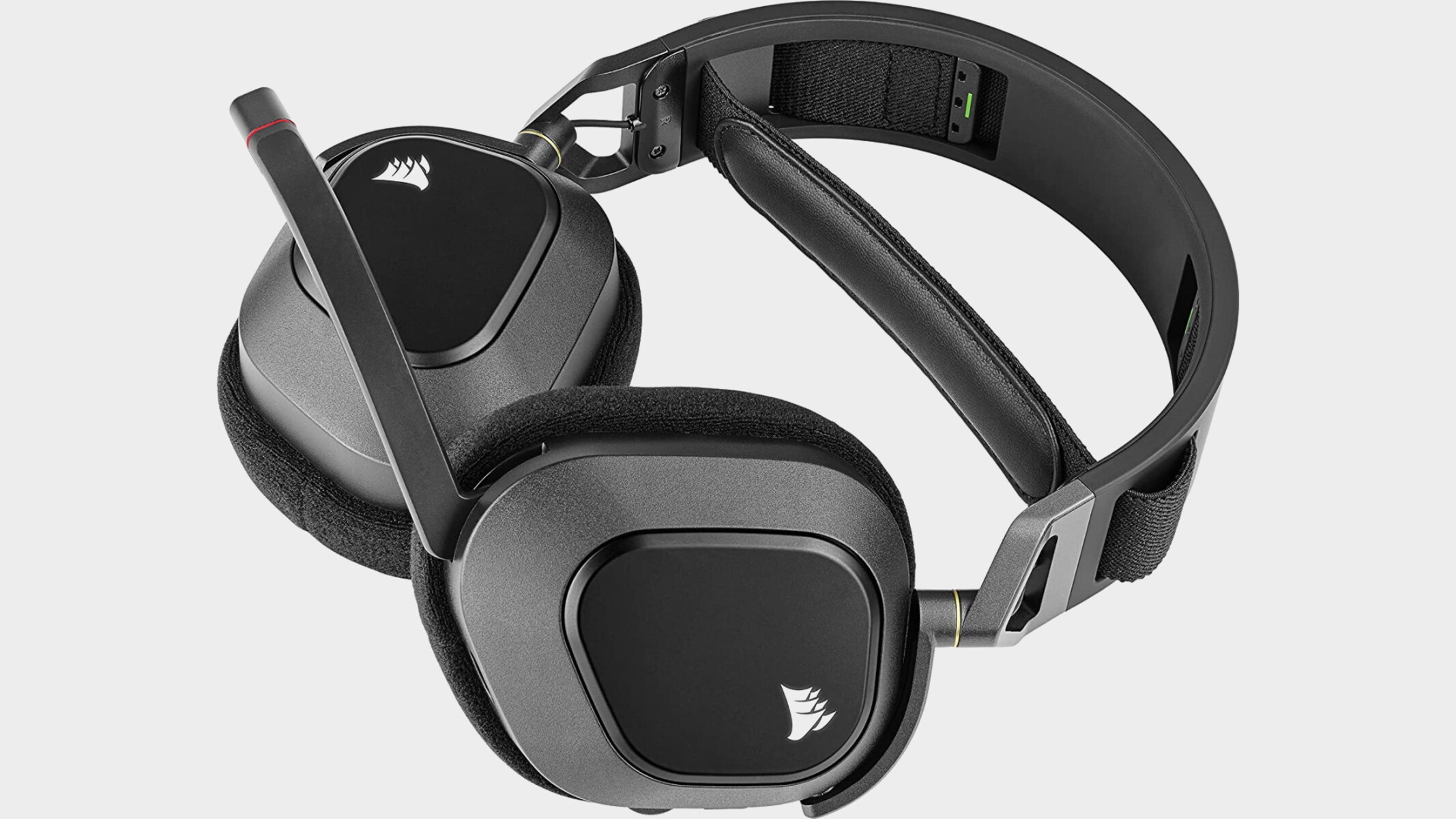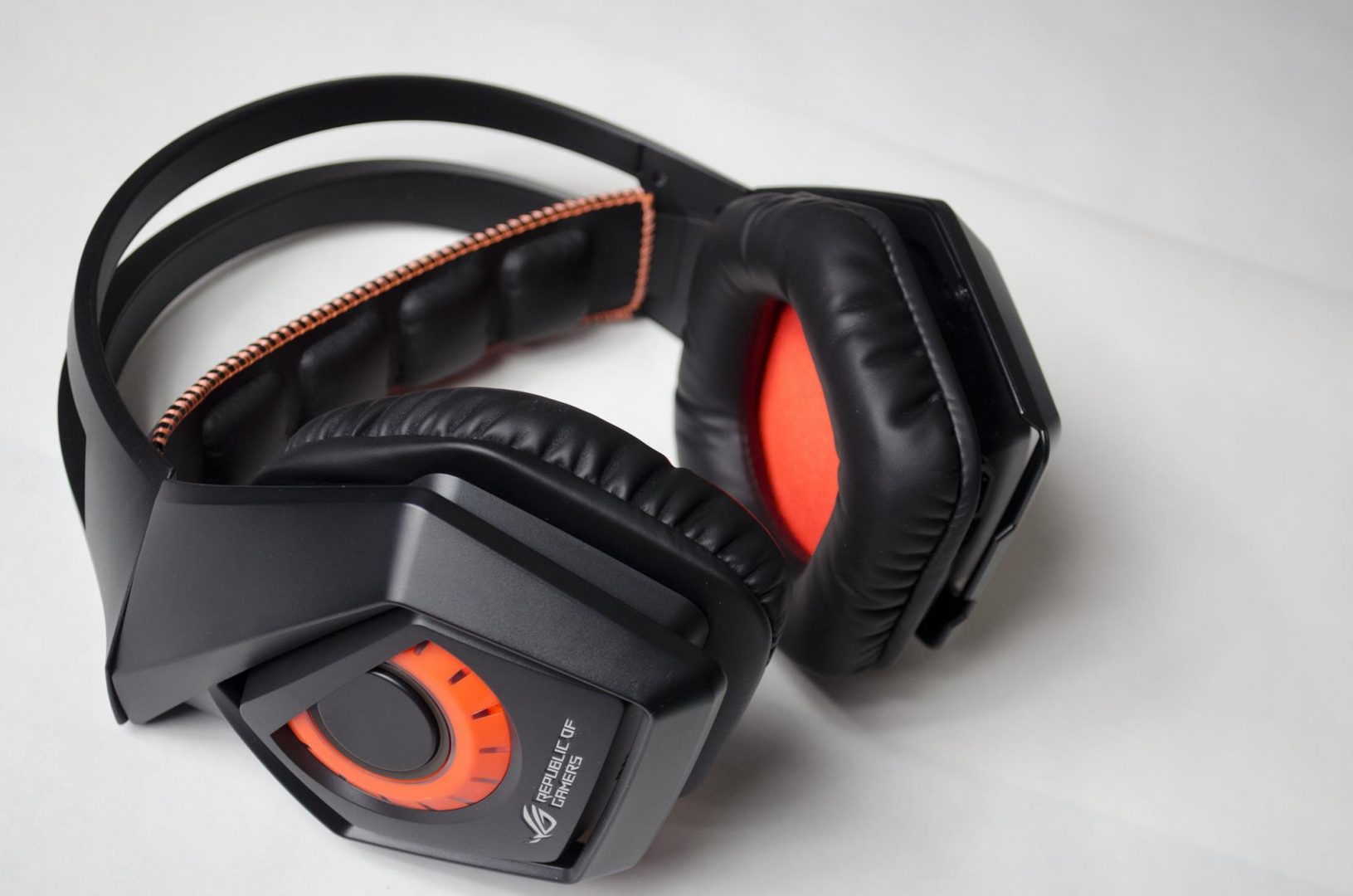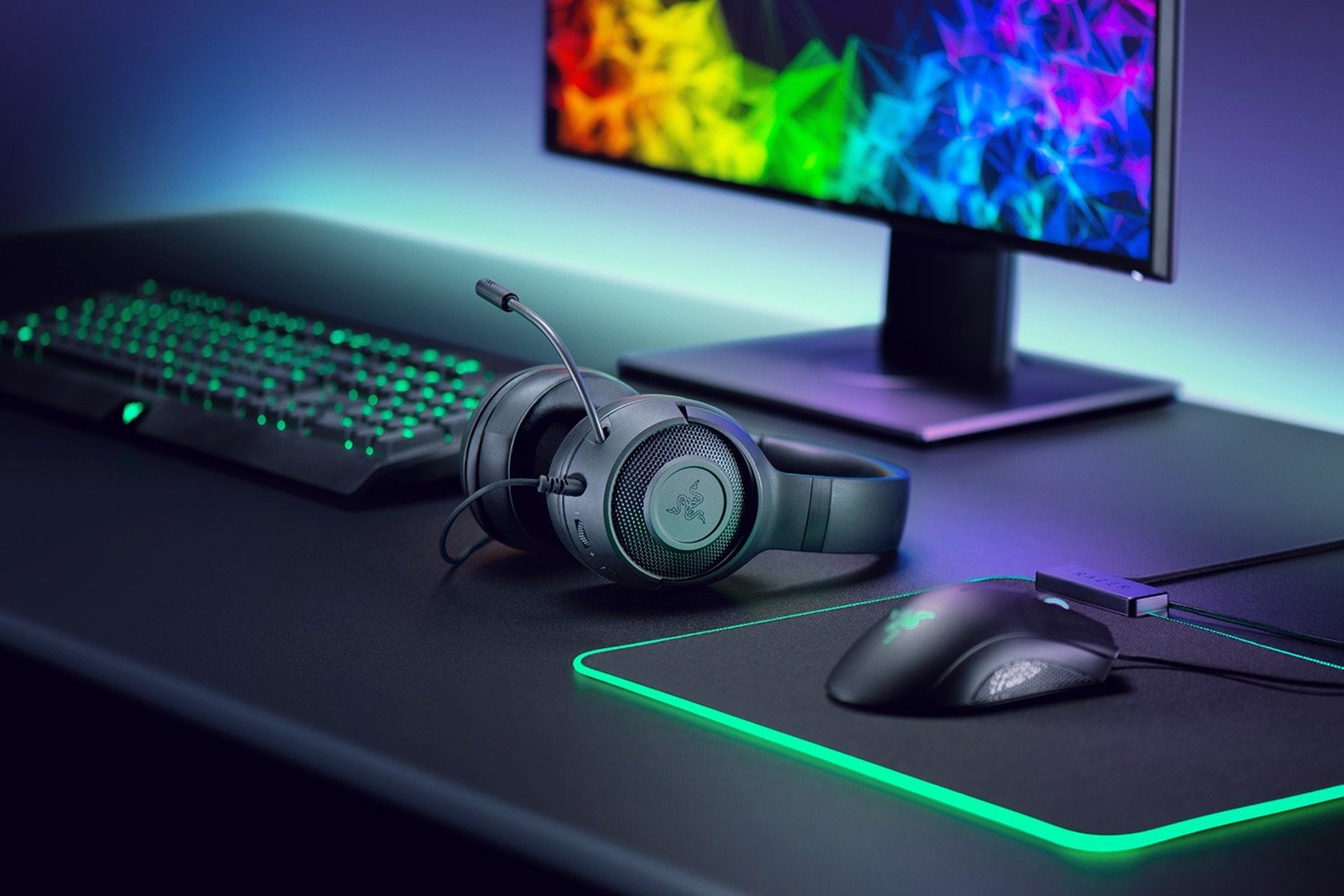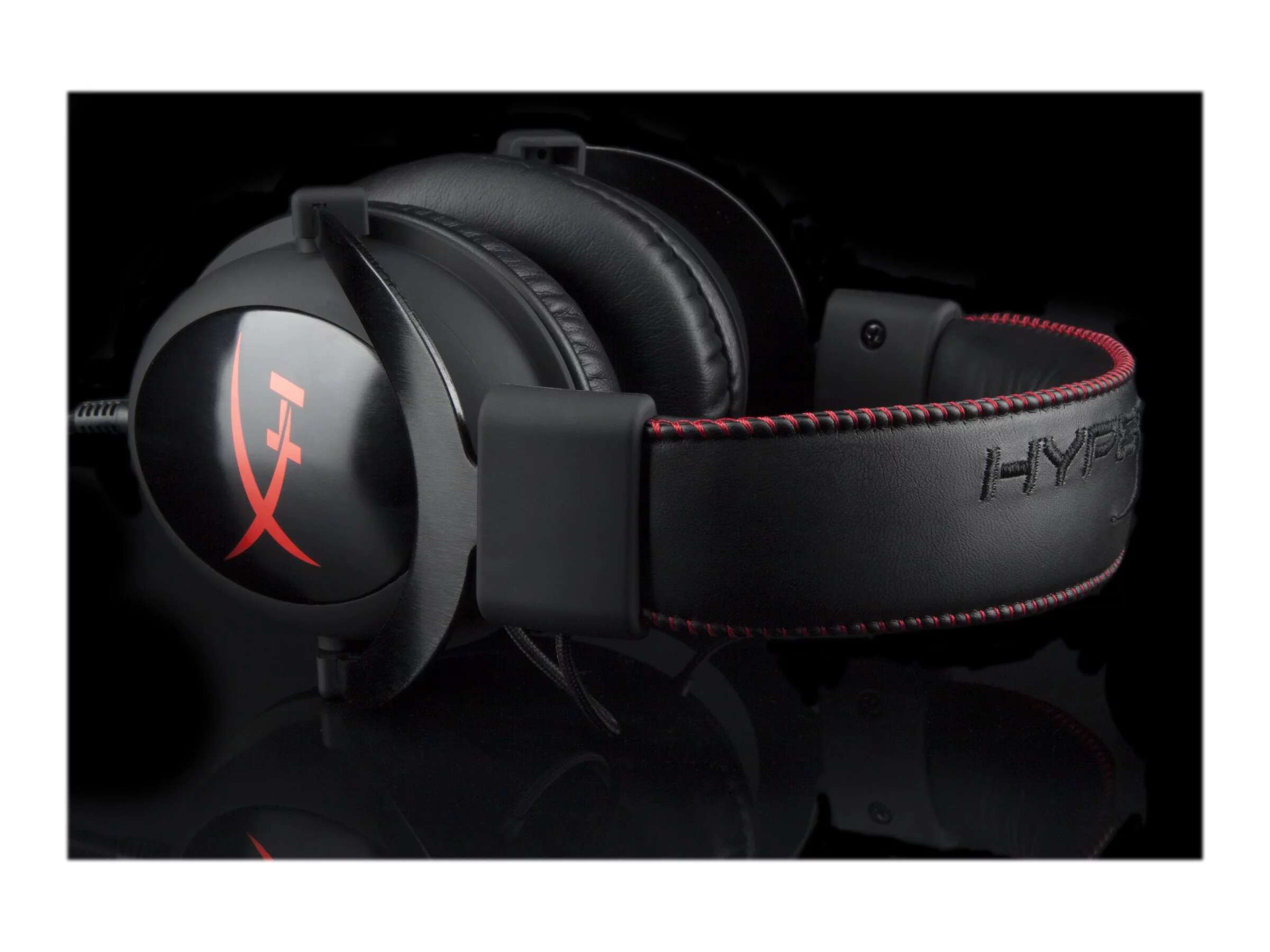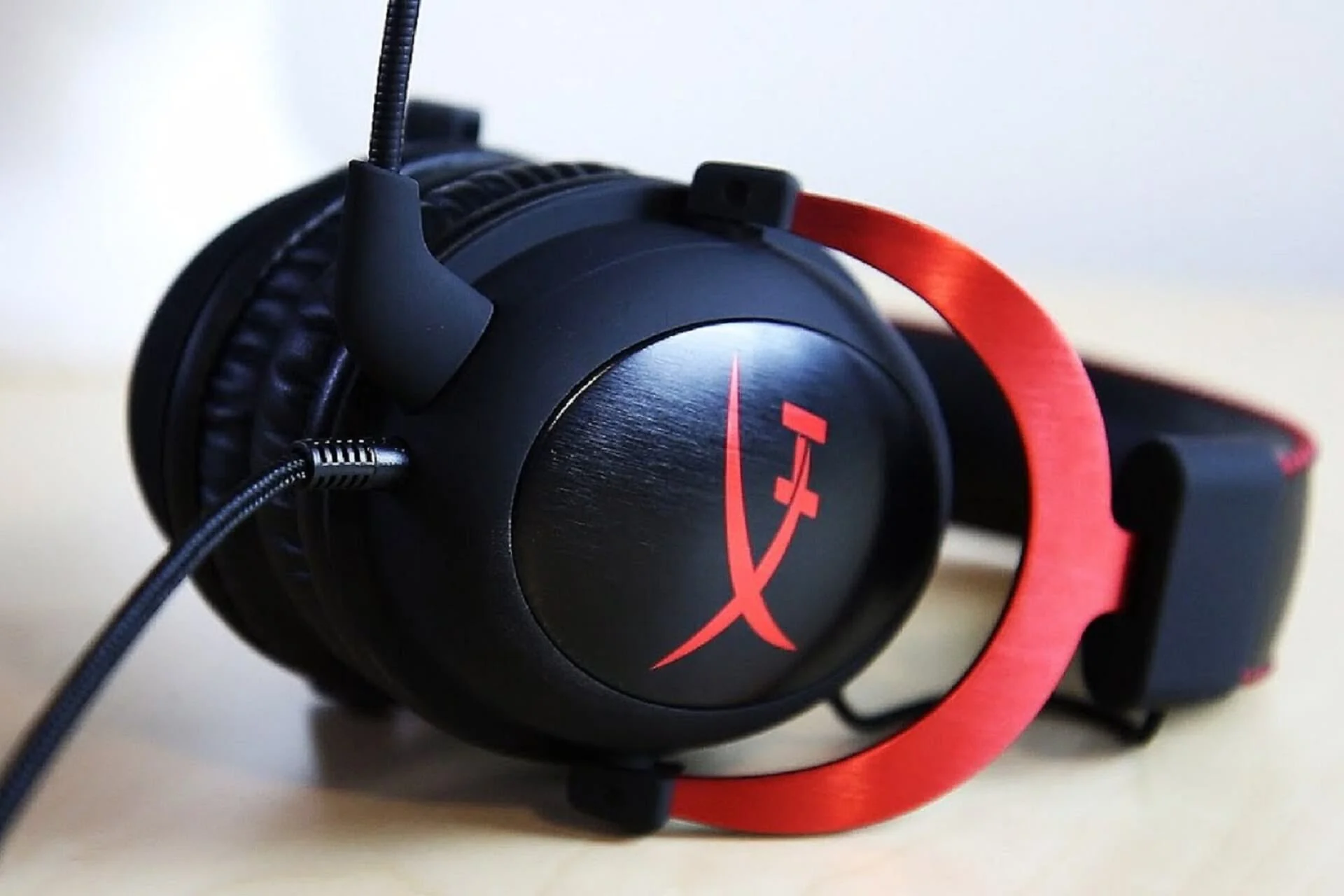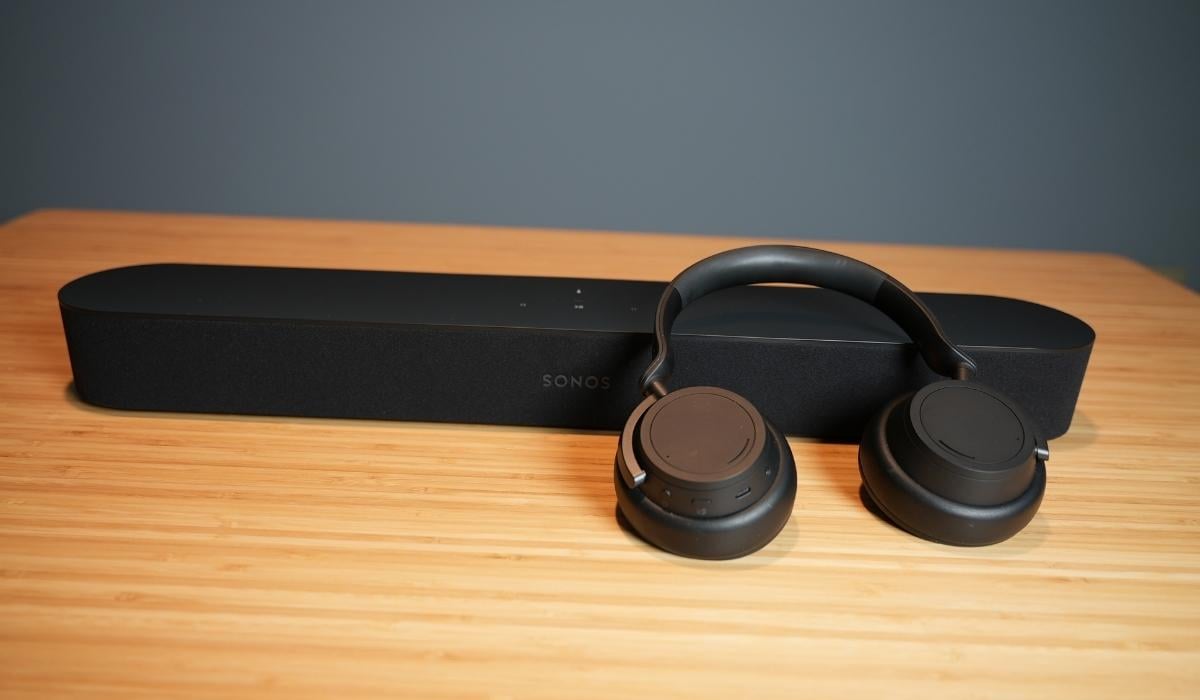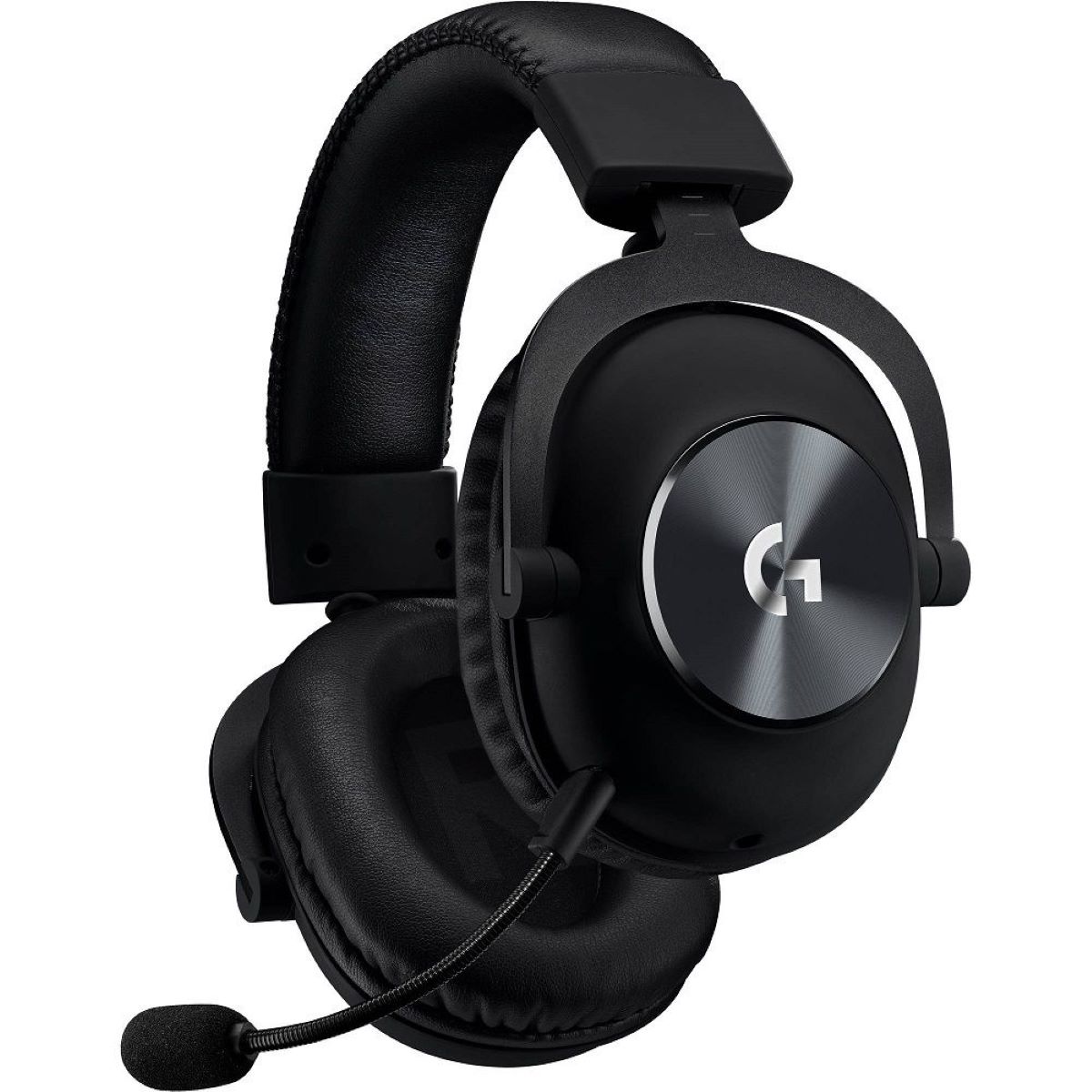Introduction
Are you a passionate gamer who loves to immerse yourself in the captivating worlds of virtual reality, or a dedicated professional who relies on crystal-clear audio for meetings and calls? If so, you understand the significance of a high-quality gaming headset. Whether you're a Mac user or considering making the switch, setting up a gaming headset on your Mac can significantly enhance your audio experience. This guide will walk you through the process, ensuring that you can seamlessly integrate your headset with your Mac for an optimal audio experience.
A gaming headset offers a myriad of benefits, from delivering immersive soundscapes in your favorite games to providing crystal-clear audio for virtual meetings, podcasts, and more. With the right setup, you can unlock the full potential of your gaming headset on your Mac, taking your audio experience to new heights.
In the following steps, we'll explore how to check the compatibility of your gaming headset with your Mac, connect the headset to your device, adjust audio settings for optimal performance, and test the headset to ensure everything is functioning as intended. By the end of this guide, you'll be ready to enjoy an enhanced audio experience on your Mac, whether you're gaming, working, or simply enjoying your favorite music and movies.
Now, let's dive into the step-by-step process of setting up your gaming headset on your Mac, empowering you to make the most of your audio experience.
Step 1: Check Compatibility
Before delving into the setup process, it’s crucial to ensure that your gaming headset is compatible with your Mac. Checking compatibility involves verifying whether your Mac supports the necessary audio ports and drivers required for the headset to function seamlessly.
First, identify the type of connection your gaming headset requires. Some headsets utilize a USB connection, while others may rely on a 3.5mm audio jack or a combination of both. Review the specifications of your Mac to determine the availability of USB ports and the compatibility of the audio jacks with your headset’s requirements.
If your gaming headset utilizes USB connectivity, ensure that your Mac features USB ports that support the headset’s requirements. Additionally, check if the headset is compatible with the macOS version running on your Mac. Some headsets may require specific drivers or software to function optimally, so it’s essential to verify their compatibility with your operating system.
For headsets that use a 3.5mm audio jack, inspect your Mac for the presence of a suitable audio input/output port. Some Mac models may feature a combined audio jack that supports both input and output functions. In such cases, confirm whether your headset’s audio jack aligns with the configuration of the Mac’s audio port.
Furthermore, consider any additional features or controls present on your gaming headset, such as inline volume controls, microphone muting, or customizable settings. Ensure that your Mac can recognize and support these features, either natively or through compatible software or drivers.
By thoroughly assessing the compatibility of your gaming headset with your Mac, you can preemptively address any potential connectivity or functionality issues, paving the way for a smoother setup process. Once you’ve confirmed compatibility, you’re ready to proceed with connecting your gaming headset to your Mac.
Step 2: Connect the Headset to Your Mac
Once you’ve verified the compatibility of your gaming headset with your Mac, the next step is to establish the physical connection between the two devices. Depending on the type of connectivity your headset utilizes, whether it’s USB, 3.5mm audio jack, or a combination of both, the process may vary.
If your gaming headset employs a USB connection, simply insert the USB connector into an available USB port on your Mac. Upon establishing the connection, your Mac may automatically recognize the headset and configure it as the default audio output and input device. In some cases, you may need to install specific drivers or software provided by the headset’s manufacturer to ensure seamless functionality.
For headsets that utilize a 3.5mm audio jack, locate the appropriate audio input/output port on your Mac. Depending on the model, your Mac may feature separate audio input and output ports, or a combined audio jack that accommodates both functions. Insert the headset’s audio jack into the corresponding port, ensuring a secure connection.
If your gaming headset features a combination of USB and 3.5mm connectivity options, follow the manufacturer’s instructions to determine the optimal configuration for your Mac. This may involve connecting the USB for audio output and microphone functions, while utilizing the 3.5mm jack for additional audio input or output capabilities.
Upon establishing the physical connection between your gaming headset and your Mac, take a moment to ensure that the connections are secure and that the headset is recognized by your Mac’s operating system. Once the headset is successfully connected, you’re ready to proceed to the next step of adjusting the audio settings to optimize the performance of your gaming headset on your Mac.
Step 3: Adjust Audio Settings
After connecting your gaming headset to your Mac, it’s essential to fine-tune the audio settings to ensure an optimal audio experience across various applications and activities. Adjusting the audio settings involves configuring the audio input and output preferences, customizing volume levels, and optimizing the microphone settings if your headset includes a built-in microphone.
Begin by accessing the “System Preferences” on your Mac and navigating to the “Sound” settings. Here, you can designate your gaming headset as the primary audio output and input device. Select the headset from the list of available devices to route all audio output, including game sound effects, music, and system alerts, through the headset. Similarly, choose the headset as the default input device if it features a microphone, enabling you to communicate clearly during gaming sessions or virtual meetings.
Once you’ve designated the gaming headset as the preferred audio device, adjust the volume levels to suit your preferences. Fine-tune the audio output volume using the built-in controls on your headset, if available, or through the volume settings on your Mac. Additionally, ensure that the microphone input levels are optimized to capture your voice accurately without distortion or background noise.
If your gaming headset includes advanced audio features, such as surround sound capabilities or customizable equalizer settings, explore the accompanying software or drivers provided by the manufacturer. These tools may offer enhanced control over the audio output, allowing you to tailor the sound profile to your liking for an immersive gaming or multimedia experience.
For seamless communication in multiplayer games or virtual meetings, it’s crucial to verify that the microphone settings are configured correctly. Test the microphone input by recording a brief audio clip or using the voice input feature in a communication application to ensure that your voice is clear and discernible.
By meticulously adjusting the audio settings on your Mac to accommodate your gaming headset, you can elevate your audio experience, immersing yourself in rich soundscapes and ensuring seamless communication in various scenarios. With the audio settings optimized, you’re now prepared to test the functionality of your gaming headset on your Mac.
Step 4: Test the Headset
Once you’ve connected your gaming headset to your Mac and adjusted the audio settings, it’s crucial to conduct thorough testing to ensure that the headset functions as intended across different applications and usage scenarios. Testing the headset involves validating the audio output quality, microphone functionality, and overall performance to guarantee a seamless audio experience.
Begin by launching a game or multimedia application that showcases a diverse range of audio elements, such as music, ambient sound effects, and dialogue. Engage in a gaming session or immerse yourself in a multimedia experience to assess the clarity, depth, and positional audio capabilities delivered by your gaming headset. Pay attention to directional cues, spatial awareness, and the fidelity of sound reproduction to gauge the headset’s performance in creating an immersive audio environment.
As you explore different audio-intensive scenarios, adjust the volume levels and audio settings to determine the headset’s versatility and adaptability to various content types. Whether you’re delving into intense gaming battles, enjoying cinematic soundtracks, or participating in virtual meetings, the headset should consistently deliver high-quality audio with minimal distortion or artifacts.
Next, test the microphone functionality by engaging in voice communication through gaming platforms, communication applications, or voice recording software. Speak into the microphone at varying volumes to assess its sensitivity, noise cancellation capabilities, and overall clarity. Verify that your voice is transmitted clearly without interference or background disturbances, ensuring effective communication during gaming sessions or virtual meetings.
Additionally, explore the compatibility of your gaming headset with voice recognition software or virtual assistant platforms, if applicable. Interact with voice-activated commands and dictation features to ascertain the headset’s ability to accurately capture and interpret spoken input, further showcasing its versatility in diverse usage scenarios.
By rigorously testing the gaming headset on your Mac, you can confidently evaluate its performance across different audio-centric activities, confirming its seamless integration and functionality. Any adjustments or fine-tuning identified during testing can be promptly addressed, enabling you to harness the full potential of your gaming headset for an enriched audio experience on your Mac.
Conclusion
Setting up a gaming headset on your Mac opens the door to a world of immersive audio experiences, whether you’re delving into virtual realms, engaging in virtual meetings, or enjoying multimedia content. By following the comprehensive steps outlined in this guide, you’ve successfully navigated the process of checking compatibility, connecting the headset to your Mac, adjusting audio settings, and conducting thorough testing to ensure optimal functionality.
Through the meticulous assessment of compatibility, you’ve preemptively addressed potential connectivity and functionality concerns, laying a solid foundation for a seamless setup process. The physical connection between your gaming headset and your Mac has been established, enabling the transmission of high-quality audio and facilitating clear communication through the headset’s microphone, if applicable.
By fine-tuning the audio settings on your Mac, you’ve tailored the audio output and input preferences to suit your preferences, ensuring that the gaming headset delivers an immersive and personalized audio experience across various applications and activities. Whether you’re enjoying the nuances of game soundscapes, communicating effectively in virtual meetings, or indulging in multimedia content, the optimized audio settings elevate your overall audio experience.
Thoroughly testing the gaming headset has provided valuable insights into its performance, from the fidelity of sound reproduction to the clarity of microphone input. By engaging in diverse audio-centric scenarios, you’ve verified the headset’s versatility and adaptability, affirming its seamless integration with your Mac and its ability to enrich your audio experiences across different contexts.
With your gaming headset seamlessly integrated with your Mac, you’re poised to embark on an audio journey that transcends traditional boundaries, immersing yourself in captivating soundscapes and enabling effective communication in various settings. Whether you’re a dedicated gamer, a multimedia enthusiast, or a professional seeking optimal audio solutions, the setup process outlined in this guide empowers you to harness the full potential of your gaming headset on your Mac, enhancing your audio experiences in multifaceted ways.







